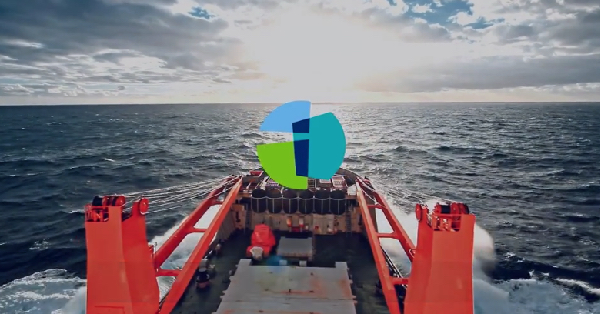Software is taking over. In all corners of the world, physical hardware systems are being replaced by cloud technologies and agile software defined networks (SDN) with flexible architectures and a greater ability to interoperate with other systems and dynamically respond to changing user requirements.
Few industries are not engaging in some form of digital transformation. In the automotive sector, cars now contain more lines of software code than most fighter jets, and automotive manufacturers can push software updates to vehicles over the air and reduce in-person dealer visits. Wireless operators globally have made significant investments in cloud and SDN to expand partner ecosystems and offer a bevy of 5G-enabled products and services to subscribers.
While this includes satellite and space, the industry has been slower to the digital transformation game than others.
While software companies can innovate and develop new offerings as quickly as a coder can develop them, the satellite industry ecosystem is composed of more traditional, brick-and-mortar companies and partner organizations that – often by necessity – tend to move more slowly and take longer to build things. Satellite companies are still dependent on large and expensive rockets and other forms of infrastructure and equipment that are not necessarily candidates for replacement by software.
However, with increasing speed and momentum, the satellite industry is seeing the opportunity to virtualize and embrace digitization. In many ways, the industry is following in the footsteps of terrestrial telecommunications companies that have been investing in the development of more agile and scalable networks capable of delivering connected services and meeting the unrelenting demands of bandwidth-hungry end users more dynamically and efficiently. Satellite companies are also motivated by the knowledge that a modernized satellite communications network will integrate more seamlessly alongside terrestrial networks, enabling satellite to be viewed as a viable option within hybrid communications offerings.
Within the satellite community, the Intelsat team is championing this move toward virtualization and digital transformation.
From gateways and ground infrastructure to the satellites in orbit, to the network management conduits that connect it all, Intelsat people are leading the “next first” innovations that will drive greater network speed, efficiency, and flexibility. Through nontraditional partnerships, such as engagements with cloud technology platform providers, Intelsat is making significant strides in its virtualization efforts to anticipate and meet the needs of its customers and the people who depend on them.
In partnership with the provider of the only fully virtualized, software-defined satellite ground platform, Intelsat is unifying its ground and space operations systems into a singular, next-generation network. The modernized network will enable Intelsat to deliver optimized services with greater speed and on-demand scalability, while empowering customers to, in a matter of minutes, make changes to service levels that previously would have taken weeks or months to implement.
Team Intelsat is also spearheading significant advancements in intelligent terminals that connect users to the next-generation network. Collaborating with a leading antenna manufacturer, the company is developing a smart, multi-orbit, software-powered terminal that sits at the edge of the network and can dynamically respond in an on-demand fashion to the changing bandwidth requirements of the user, in the same way consumer wireless subscribers can self-serve and configure their wireless plans directly from their personal devices. The terminal will tell the network what it needs in terms of bandwidth allocation, and the network will respond without human intervention.
In addition to the ability to connect to satellites across multiple orbits, the advanced capabilities of the terminal will do away with time-consuming manual provisioning and ensure that precious bandwidth is allocated for greatest efficiently and availability. Upgrades and feature enhancement can be delivered to the terminals via software upgrades, negating the costs associated with replacing bespoke hardware.
Ultimately, virtualization will enable Intelsat to bring a range of new and first satellite-powered innovations and applications to market faster while becoming more responsive to the ever-changing needs of partners and end users. For the company, it means more efficient use of the network. End users will benefit from reduced costs and increased responsiveness to bandwidth demands. Software is becoming the way of the world. Led by the people of Intelsat, the satellite industry is firmly on board.






































